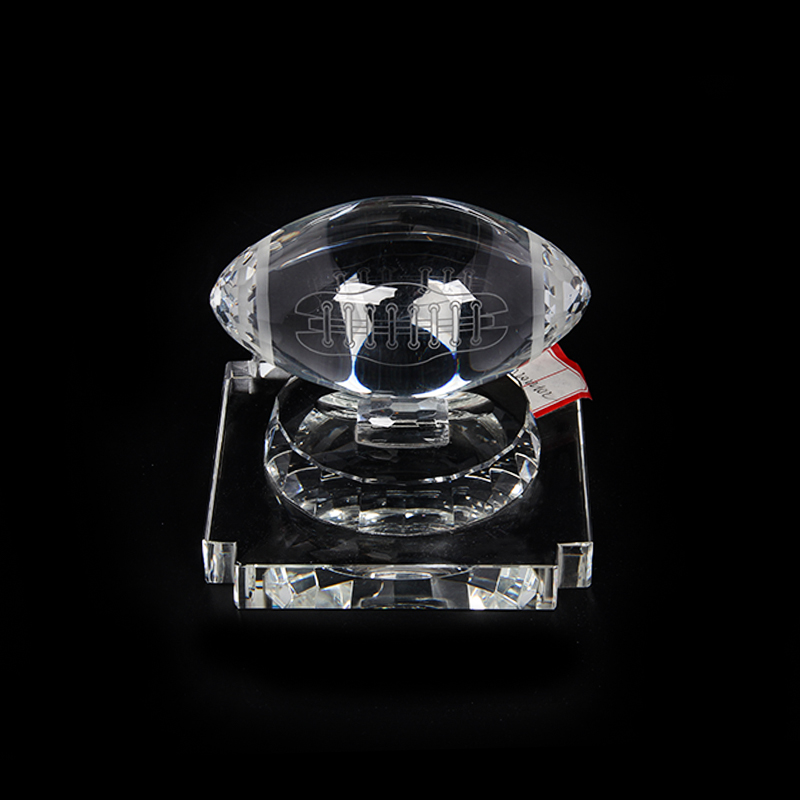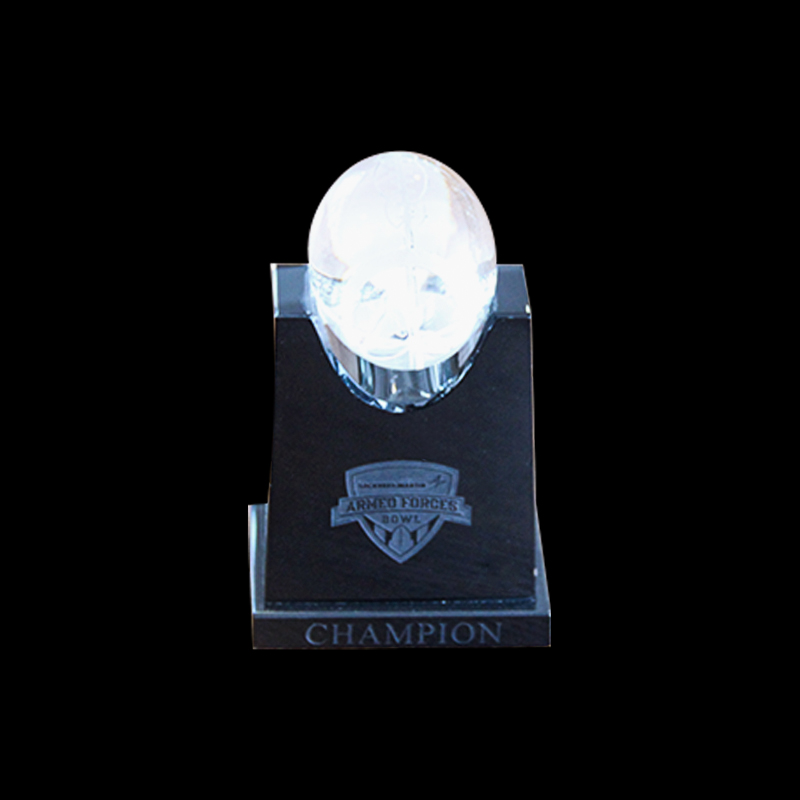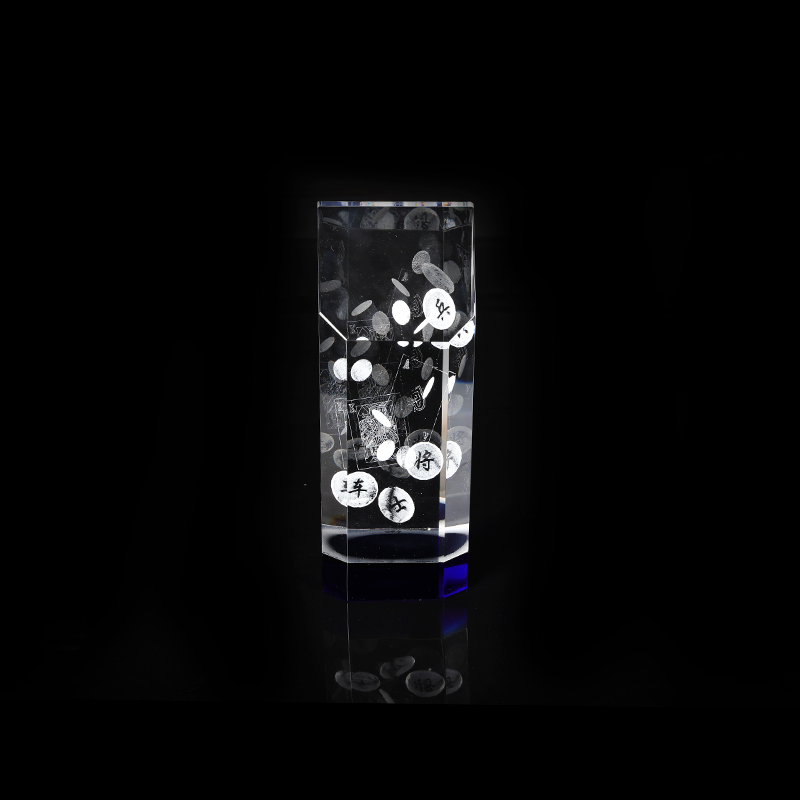Design High Quality Glass Ball Trophy Crystal Animals Toys Supplier
In recent years, the push for sustainability has extended to all aspects of manufacturing, including the production of glass ball trophies. As companies and organizations seek to lessen their environmental footprint, the glass ball trophy industry is evolving to meet these new demands. This article explores current trends and practices in sustainable glass ball trophy manufacturing.
One significant trend in glass ball trophy manufacturing is the use of recycled materials. Traditionally, glass ball trophies were made from raw glass, which involved substantial energy consumption and resource extraction. Today, many manufacturers are turning to recycled glass, reducing the need for virgin materials and lessening the overall environmental impact. By incorporating recycled glass into the production process, the glass ball trophy industry not only conserves natural resources but also helps in reducing waste.

Another key practice in sustainable glass ball trophy manufacturing is the implementation of energy-efficient production methods. Modern manufacturing facilities are investing in advanced technologies that reduce energy consumption. For instance, some glass ball trophy producers are utilizing electric furnaces instead of traditional gas-powered ones. Electric furnaces are more energy-efficient and produce fewer greenhouse gas emissions, aligning with broader sustainability goals.
Water usage is another critical area of focus. The production of glass ball trophies involves significant amounts of water, particularly during the cooling process. To address this, many manufacturers are adopting closed-loop water systems that recycle water within the facility. This practice reduces water waste and ensures that the glass ball trophy manufacturing process has a lower impact on local water resources.
The supply chain for glass ball trophy materials is also undergoing changes to enhance sustainability. Companies are increasingly sourcing materials from suppliers that adhere to environmentally friendly practices. This shift ensures that every component of the glass ball trophy, from raw glass to decorative elements, is produced with a small environmental impact. Transparency in the supply chain allows consumers to make informed choices about the sustainability of their trophies.
Design plays a crucial role in the sustainability of glass ball trophies. Modern designs often prioritize simplicity and functionality, which not only reduces material waste but also less energy consumption during production. By focusing on clean, elegant designs, manufacturers can create glass ball trophies that are both aesthetically pleasing and environmentally responsible.
Additionally, the glass ball trophy industry is seeing a rise in the use of eco-friendly packaging. Traditional packaging materials, such as plastic and Styrofoam, are being replaced with sustainable alternatives like recycled cardboard and biodegradable fillers. This shift reduces the environmental impact of packaging and aligns with the broader goal of sustainability in manufacturing.
The rise of customization in glass ball trophies also contributes to sustainability efforts. Personalized trophies often require less inventory and reduce waste associated with mass-produced items. By creating bespoke glass ball trophies tailored to specific events or recipients, manufacturers can reduce overproduction and resource wastage.
Moreover, the longevity and durability of glass ball trophies are essential factors in their sustainability. High-quality glass ball trophies are designed to last, reducing the need for frequent replacements. This durability not only extends the life of the trophy but also less the environmental impact associated with producing new items.
As consumers become more environmentally conscious, there is growing demand for sustainable products, including glass ball trophies. Manufacturers are responding to this demand by adopting practices that align with environmental goals. From using recycled materials to implementing energy-efficient production methods, the glass ball trophy industry is making significant strides towards sustainability.
In conclusion, sustainability in glass ball trophy manufacturing is driven by several key trends and practices. The use of recycled materials, energy-efficient production methods, and eco-friendly packaging are just a few examples of how the industry is evolving to meet environmental challenges. By focusing on these practices, manufacturers are not only reducing their environmental footprint but also contributing to a more sustainable future. As the glass ball trophy industry continues to innovate, it is clear that sustainability will remain a central focus in its ongoing development.

 English
English 中文简体
中文简体 عربى
عربى









